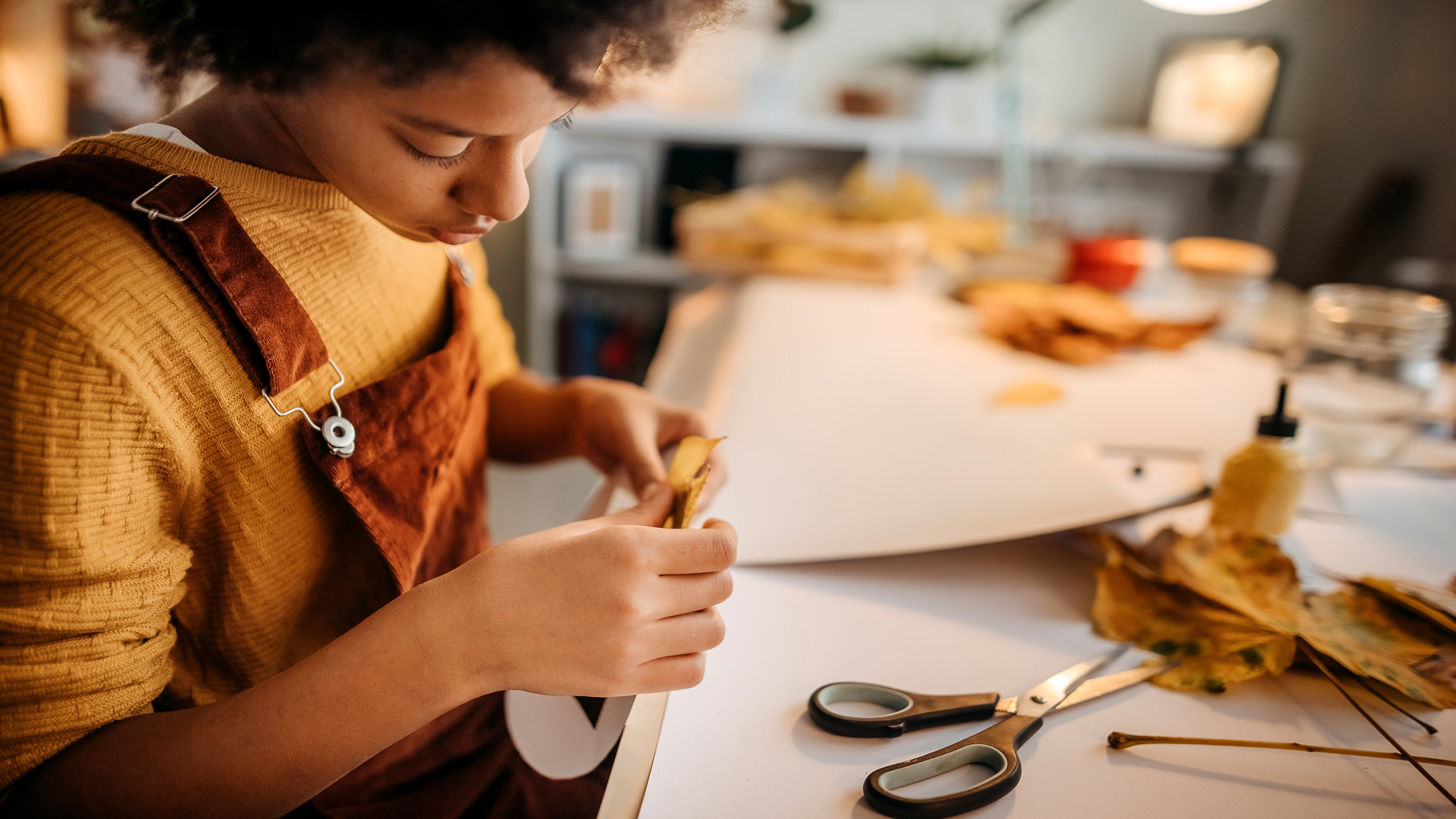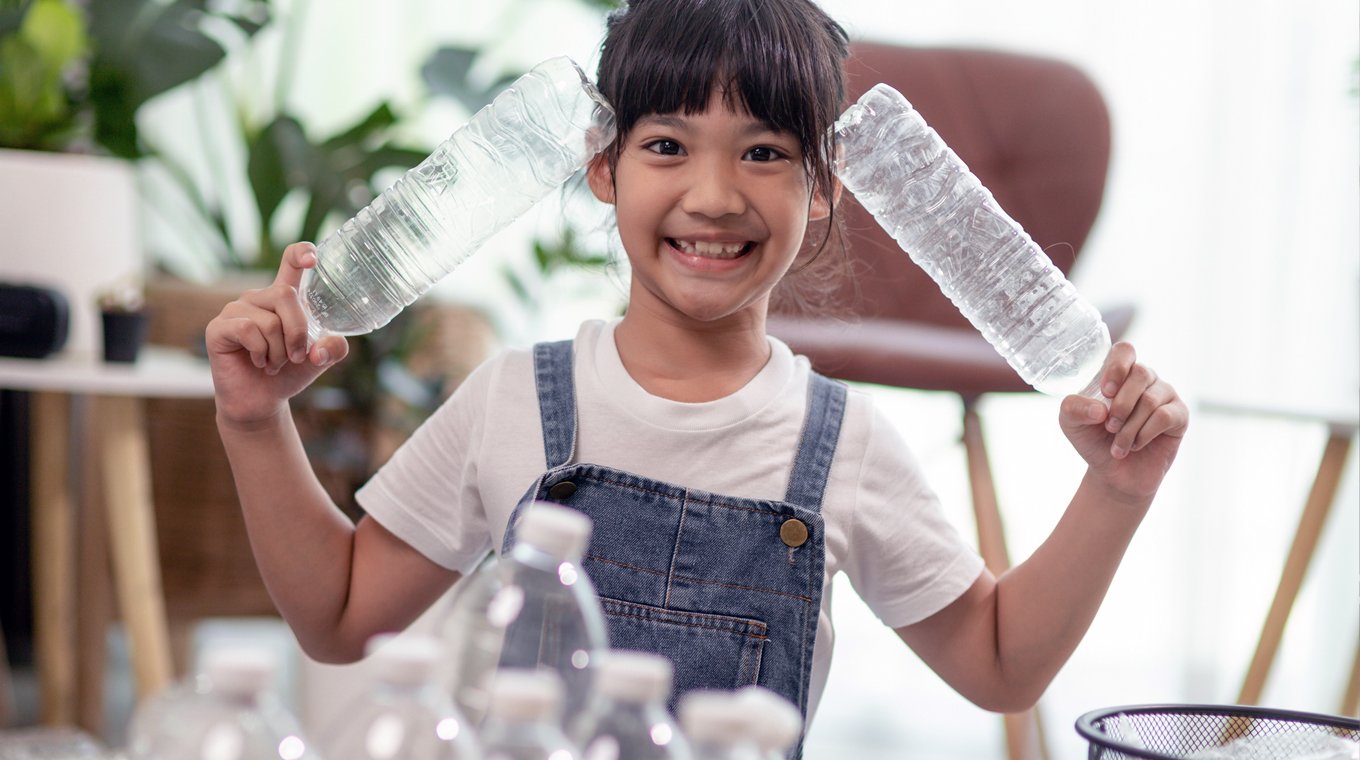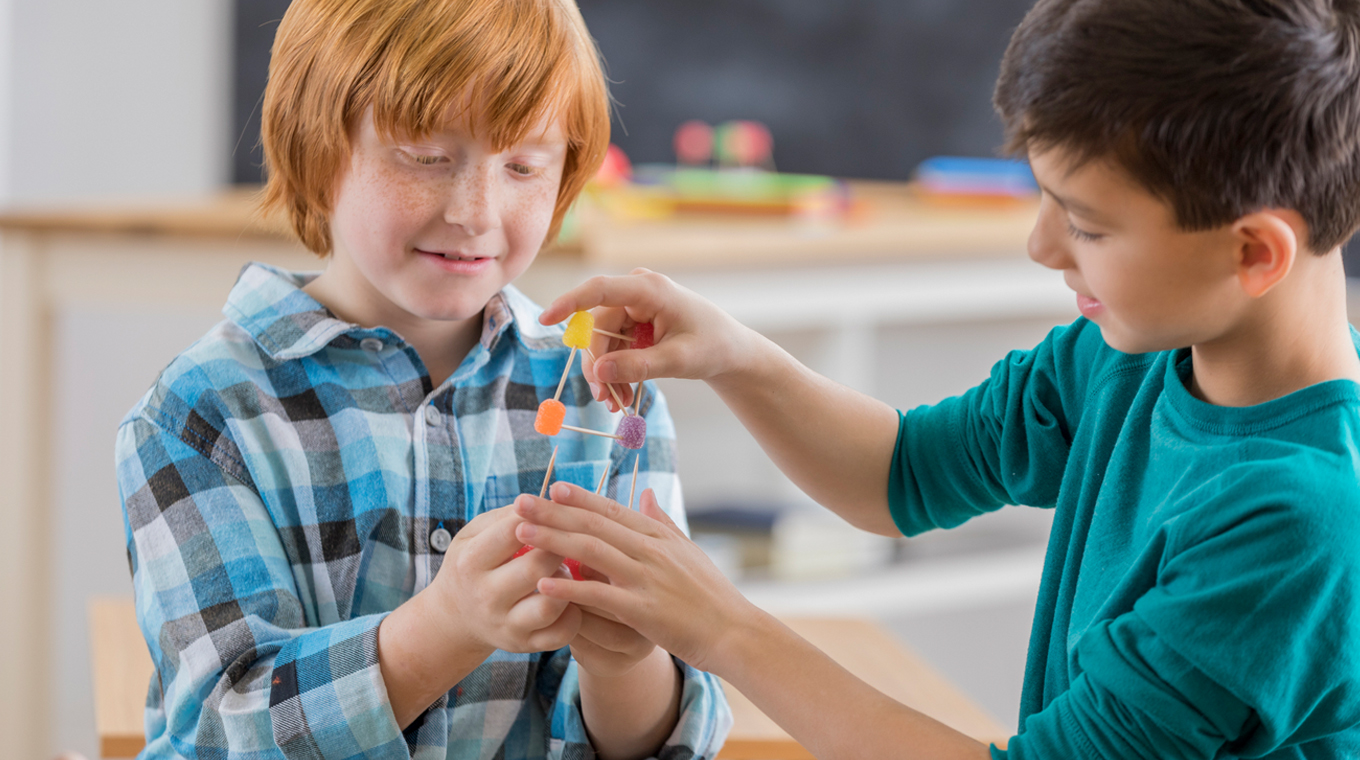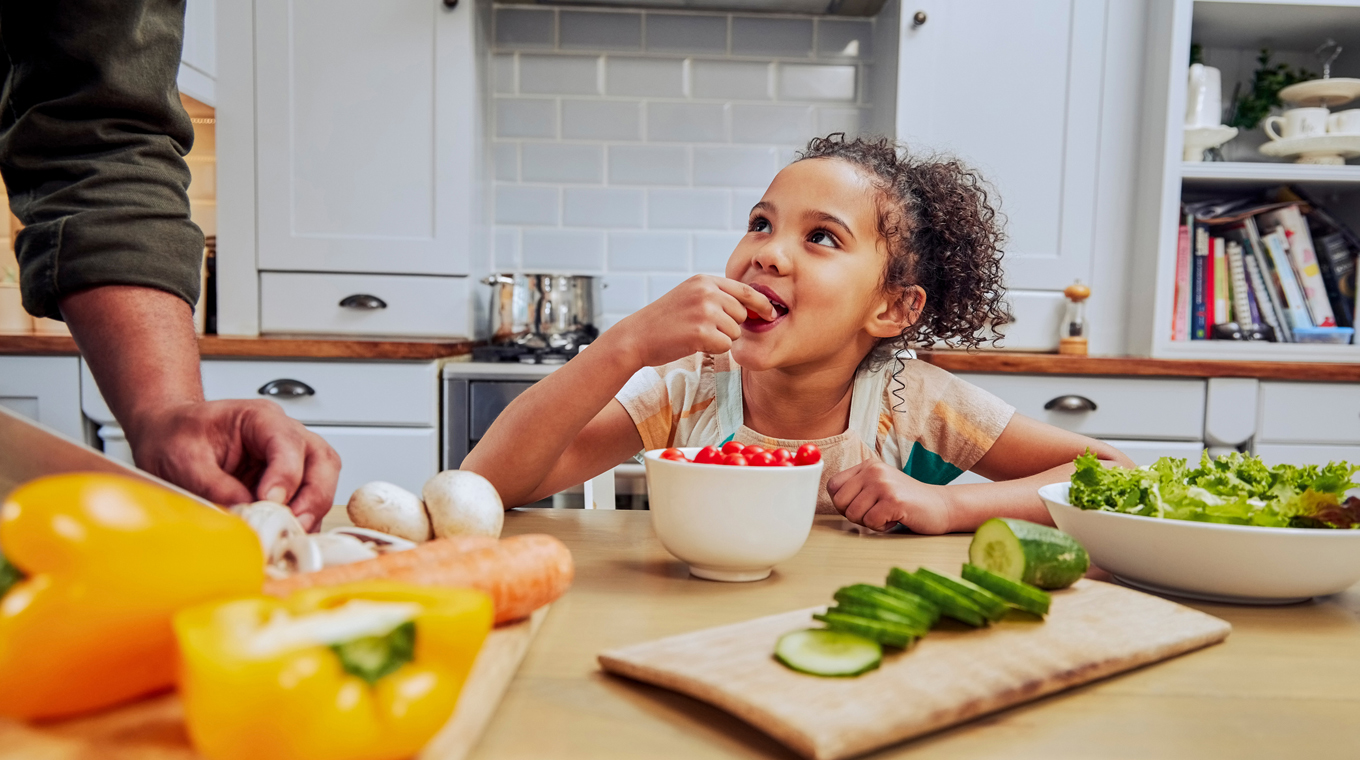
In this article
Act locally, think globally>; we've heard it for years, but with energy companies responsible for 70% of the industrial admissions that contribute to human-driven climate change, it's easy to feel as though our individual efforts are a waste of time. But now more than ever, we need to work to reduce our carbon footprint and encourage our kids to do the same.
How did Earth Day come about? A major oil spill in 1970 was the catalyst for what is now known as Earth Day. U.S. Senator Gaylord Nelson founded Earth Day as an initiative to draw awareness to air and water pollution, and on April 22, 1970, the first Earth Day was celebrated.
If you're looking to teach your kids about recycling and sustainability, here are some Earth Day crafts and activities for a variety of ages.
More from Mom.com: Why Earth Day Is Important
Earth Day crafts that promote sustainability

Using our resources sustainably and intentionally so as not to compromise the well-being of future generations is a concept that we should pass along to our children. These Earth Day crafts teach important lessons in sustainability and how recycling benefits the environment.
Make an hourglass from recycled bottles
One way to promote sustainability in your home is to take shorter showers, but if you have a child that has graduated from baths to showers, knowing when to get out and turn off the water can be a challenge. This DIY hourglass, or sand clock, runs for one or two minutes depending on how much sand you put inside.
Make your own laundry detergent
Older children can help you incorporate the ingredients to make this baby-friendly DIY laundry detergent. As long as you're working in a well-ventilated area and your children are past the put-everything-in-their-mouths stage, this is a fun sensory Earth Day craft. It eliminates unnecessary packaging and won't pollute the environment.
More from Mom.com: 11 Things You Can Do Today To Help Save the Earth Tomorrow
How to explain climate change to kids

Your child may be familiar with terms like global warming, greenhouse gases, and climate change, but do they really know what all of this means? After all, some adults struggle with the true meaning of climate change and its detrimental effect on the environment. The following easy Earth Day crafts can help you along if you're looking for hands-on ways to explain climate change to kids.
Edible greenhouse gas gumdrop model
Greenhouse gases aren't inherently bad, they're what make life on Earth possible. But our reliance on fossil fuels coupled with our single-use mentality is causing the Earth to heat up faster than it should. This model will help kids visualize what's going on in the earth's atmosphere to create greenhouse gases.
Melting sea ice polar bear craft and activity
The melting glaciers are having a profound negative effect on the lives of polar bears, arctic foxes, walruses, and countless other animals. This melting sea ice activity includes a craft where you and your child can sculpt polar bears from modeling clay. Using a low-profile tray, some ice, and water, they can demonstrate how quickly the bears' habitat is diminishing; a habitat that can partly be found right here in North America.
Jen Farr is a Canadian content creator and mom sharing her family life on her blog, Kitchen Counter Chronicle. "The rise in our global climate has had a direct impact on polar bears and their habitat. I put together this polar bear activity to open the conversation with my kids about climate change and the future for polar bears," the mom of two wrote.
How to reduce your carbon footprint with easy DIYs

There's something to be said for leading by example and demonstrating to your children that most of the environmental issues we face today are a direct result of climate change.
Erin Royer teaches fourth and fifth graders in Denver, Colorado, and believes that kids this age are fully equipped to make this important connection. "If you teach from a problem-based learning style, students will repeatedly arrive at climate change as the cause and effect of many problems/issues in their world,” the elementary teacher told NPR. "When they read information, through their research, put out by reliable scientists, they arrive at climate change again and again."
Make a fruit and vegetable food craft
Recent data indicates that both the meat and dairy industries are some of the top contributors to global greenhouse gas emissions. Incorporate plant-based meals into your family meal plan. This celery and snail fruit and vegetable snack craft pairs well with The Very Hungry Caterpillar as a story-time snack for you and your kids.
Easy pillowcase shopping tote bag
If you're refreshing your linens this year as part of your spring cleaning routine, don't toss those old pillowcases. You can create a no-sew pillowcase bag or, if you have time and a sewing machine, teach your child a valuable life skill and make these eco-friendly shopping bags.
Bring the bees to your yard
Not all bees live in hives; Mason bees are solitary bees that live in small holes or hollow tubes in nature. Attract these important pollinators to your yard by building a DIY bee hotel.




